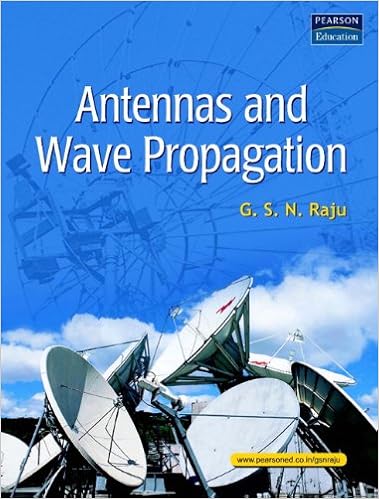

The availability of antenna capable of providing ultra-wide band (UWB) capability in THz band will be a major bottleneck in the implementation of 6G wireless system. Only few of these methods will be applicable for THz antenna. The conventional method of performance enhancement of antenna incorporate variation in material composition, structure, inclusion of defected ground, Photonic Band Gap (PBG) structure or meta-material superstrate. To overcome these downsides, the antenna designed for this spectrum must possess high gain and directivity. There are many challenges in developing devices operating in the THz range. Atmospheric attenuation and free space path loss of the signals in this spectrum are high due to its wave properties. Due to the inherent characteristics of the THz spectrum, the modularity of the antenna is a miniaturized structure. The THz band of frequency ranging between 0.1 and 10 THz will be primarily employed in 6G communication for enabling smart interconnections and high data rates. Henceforth, the futuristic massively interconnected wireless system immensely relies on terahertz (THz) spectrum devices. Ultra-high speed with low-latency communications will be the foundation for the next-generation wireless systems. The potential growth in the domain of wireless communication is boundless.


 0 kommentar(er)
0 kommentar(er)
